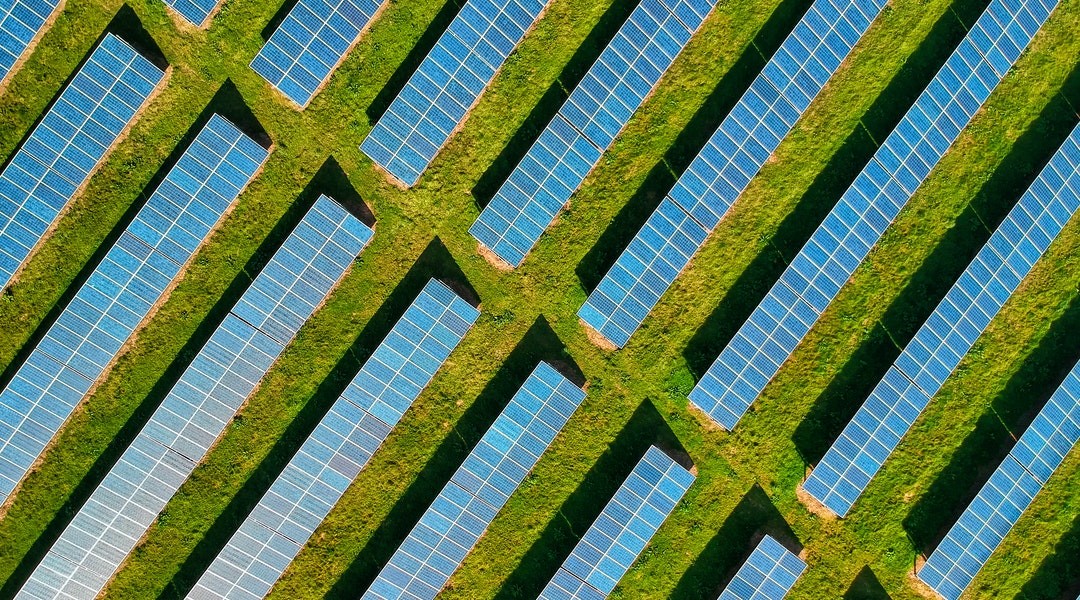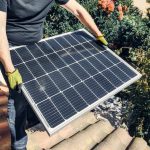
Solar Farms: What Are They and How They Work
The tremendous growth of the solar industry recently has equally increased the prominence of solar farms. These farms are the key to saving humanity from the use of fossil fuels and eventually restoring peace between humankind and nature.
Solar farms are perceived as the latest cash crop to hit the global farm fields – quickly sprouting across America and the rest of the world in different shapes and sizes. Here is everything you need to know about these farms and how companies that sell solar leads can get you started.
What is a Solar Farm?
A solar farm refers to a large-scale solar installation designed to harvest energy from the sun. It mainly comprises photovoltaic panels, commonly known as solar panels, even though other components help in converting, transmitting, and storing the power. Also known as solar parks or solar power stations, solar farms are different from rooftop and commercial power systems.
These farms operate in similar ways as power plants, natural gas plants, and other sources of energy that generate electricity for utility customers. Unlike residential and commercial solar systems, solar farms are decentralized. They comprise ground-mounted solar panels fitted on a large parcel of land and provide power to the electric grid instead of local end-users such as businesses and homeowners. These farms are part of the utility’s energy mix.
Solar farms comprise an extensive collection of photovoltaic (PV) solar panels designed to absorb energy from the sun, which they convert into electricity and transmit to the power grid. The energy is supplied to consumers such as homes and businesses for different uses from the power grid. You can engage professionals that sell solar leads to learn more about the structure and installation of these farms.
These farms are eco-friendly – they have no negative effects on the environment, making them the most effective way of providing people with power without affecting the earth. Besides, as a homeowner or business owner, with a solar farm, you don’t need to install solar panels on your building or physical roof – but you still enjoy clean energy from a renewable and sustainable source.
Types of Solar Farms
The tens of thousands of solar energy systems across the U.S. today can be classified as either utility-scale or community solar, depending on their size. If you’re a solar company, you need to consult experts that sell solar leads to connect you with clients looking for solar farms.
Utility-scale Solar Power
In this case, utility-scale solar farms refer to a vast area of land on which hundreds of thousands of solar panels are installed – stretching beyond the horizon. They absorb energy from the sun and convert it into electricity before distributing it to the grid via high voltage lines and eventually to homes and businesses.
Community Solar Farms
They are small-scale solar systems that generate about 5 MW of power for use by local homes and businesses. The power is distributed among all members who come together to facilitate the project. The amount the members save from the electricity bills depends on the number of locals who participate in the project – which determines the amount of energy produced. It works as follows:
- The solar panels are fitted across a large parcel of land – an open area to absorb sunlight maximally.
- The energy generated is transmitted to the region’s grid.
- Members of the project get the energy depending on the size of their home.
How Does a Solar Farm Work?
A solar farm comprises numerous solar panels fitted on large and open land. The solar panels are designed to absorb as much sunlight as possible from the sun – as the sunlight hits the panels, the semiconductors inside the panels are activated to generate power—the more solar panels, the bigger the solar farm and the higher the energy produced.
The panels are mostly mounted on single-axis tracking systems and are attached horizontally to poles running north to south. During the daytime, the panels keep rotating from the east to the west, following the sun – longer exposure to the sun means more conversion of heat energy and eventually higher power generation.
Besides the solar panels – which are the key components of solar energy systems – a solar farm also comprises cables, racking, transformers, inverters, a power line, or substation to ensure successful and effective transmission of power to the electric grid and, eventually the consumers – households and businesses.
Benefits of Solar Farms
The rising demand for solar energy, both in homes and businesses, has led to an immense increase in the number of solar farms available. These farms carry a range of benefits as outlined below:
Solar farms are time-limited projects. They sit on your land for a while – owned or leased – and when you feel like shifting to another project type, you can easily do so, considering that the land use is reversible. As a landowner, you enjoy a higher, diversified, and stable income over the years with the freedom to change to the next project.
Solar farms also require minimal maintenance compared to other technological projects with multiple moving parts.
With a solar power system running on a solar farm, the land can also accommodate other projects such as cows, sheep, and goats grazing between the rows of solar panels. You can enjoy biodiversity and cost-effectiveness by making maximum land use in the process.
The project incurs zero wastage and no by-products except during the installation and dismantling of the components.
Solar farms have no environmental impact but instead, save the world by supporting the use of clean energy from a renewable and sustainable source.
Overall, solar farms adhere to friendly practices by ensuring that the land is used sensibly – focusing on non-agricultural use and lower agricultural quality while protecting nature conservation areas. Besides fighting climatic changes, solar farms also substantially impact protecting global diversity alongside agriculture.
For all these reasons, it is time to make the bold step of investing in a solar farm if you have been toying around with the idea. Owning a solar farm doesn’t just benefit you but your community and the whole world – you make money, light your community and save the earth. It’s time to engage reliable experts that sell solar leads online to get started.
https://chariotenergy.com/chariot-university/solar-farms/
https://www.linquip.com/blog/what-is-solar-farms/


